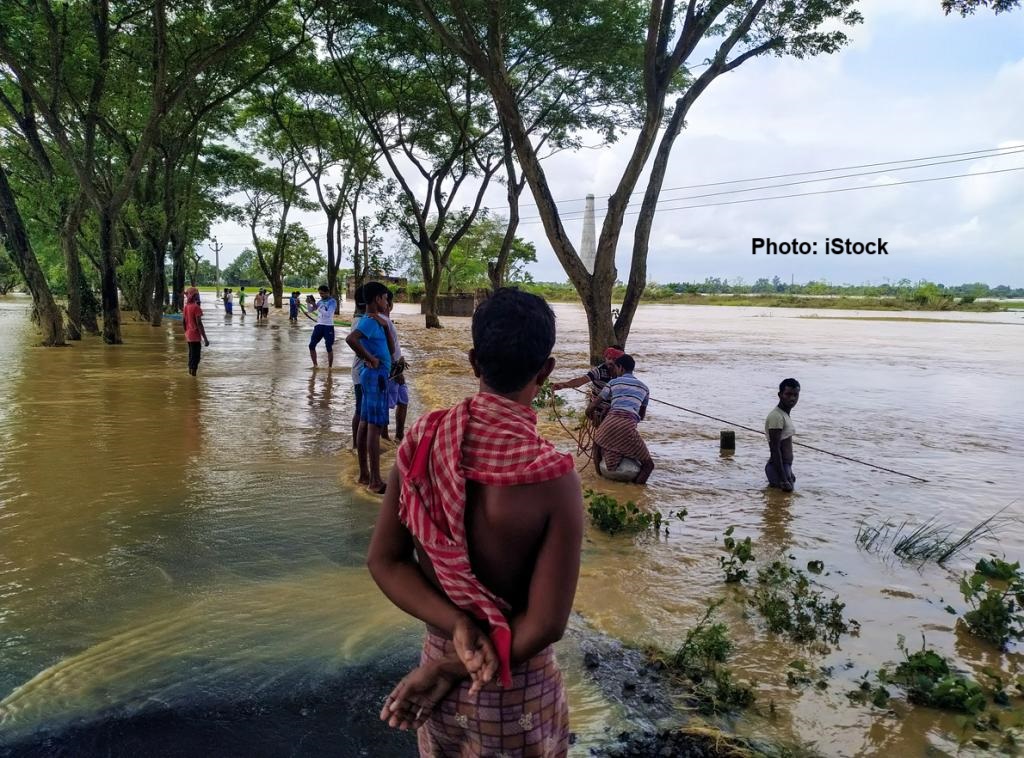Introduction:
Anthropogenic factors have triggered climate change, with surface temperatures exceeding by 1.1°C between 2011 and 2020, from excessive use of energy, land-use patterns, and natural resources. It is undeniable that our intervention has contributed to warming the climate, oceans, and earth. From 1901 to 2018, the mean sea level (MSL) rose by 0.20m. With AR5, the proof of documented spikes in anomalies like droughts, prolonged flooding, and cyclones and their connection to humanity has intensified.
Introductory Part:
Regarding urbanization and geographies at large, the efficacy of modifications in decreasing environmental hazards is moderately established. The enhancements, on-farm water usage and retention, groundwater sustainability, irrigation systems, agricultural production, grassroots initiatives, ranch and terrain level crop selection and diversification, environmentally friendly farming methods, and the use of agricultural practices are manifestations of viable options to adapt. Habitat-based mitigation tactics such as greening cities, wetland rehabilitation, and forest ecology regeneration have proven helpful in decreasing risks from flooding and heat gain in cities. A series of informal precautions such as early-warning devices and infrastructure improvements such as barriers have lowered the number of people killed in floods.
A dearth of supplies, difficulties in coordination between PSUs and private sector entities, lack of funds & R&D apparatus, inadequate environmental education, absence of administration will, restricted study or a sluggish acceptance of technology, and a lack in the sense of immediate response are primary obstacles to adaptability. The gap between the anticipated expenses for response mitigation and the funds given for modification strategies is escalating. The funding is mainly sourced from government agencies, with only a tiny percentage of the world’s monitored environmental funds going towards adaptability measures and the vast bulk flowing towards abatement policies. While internationally observed climate financing has exhibited a rising tendency since AR5, existing worldwide cash flows for adaptations, from both private and public avenues, are minimal and impede adjustment alternative application, particularly in emerging economies.



